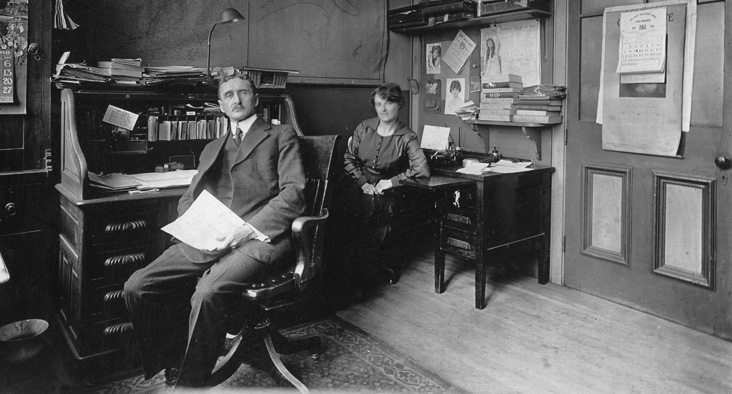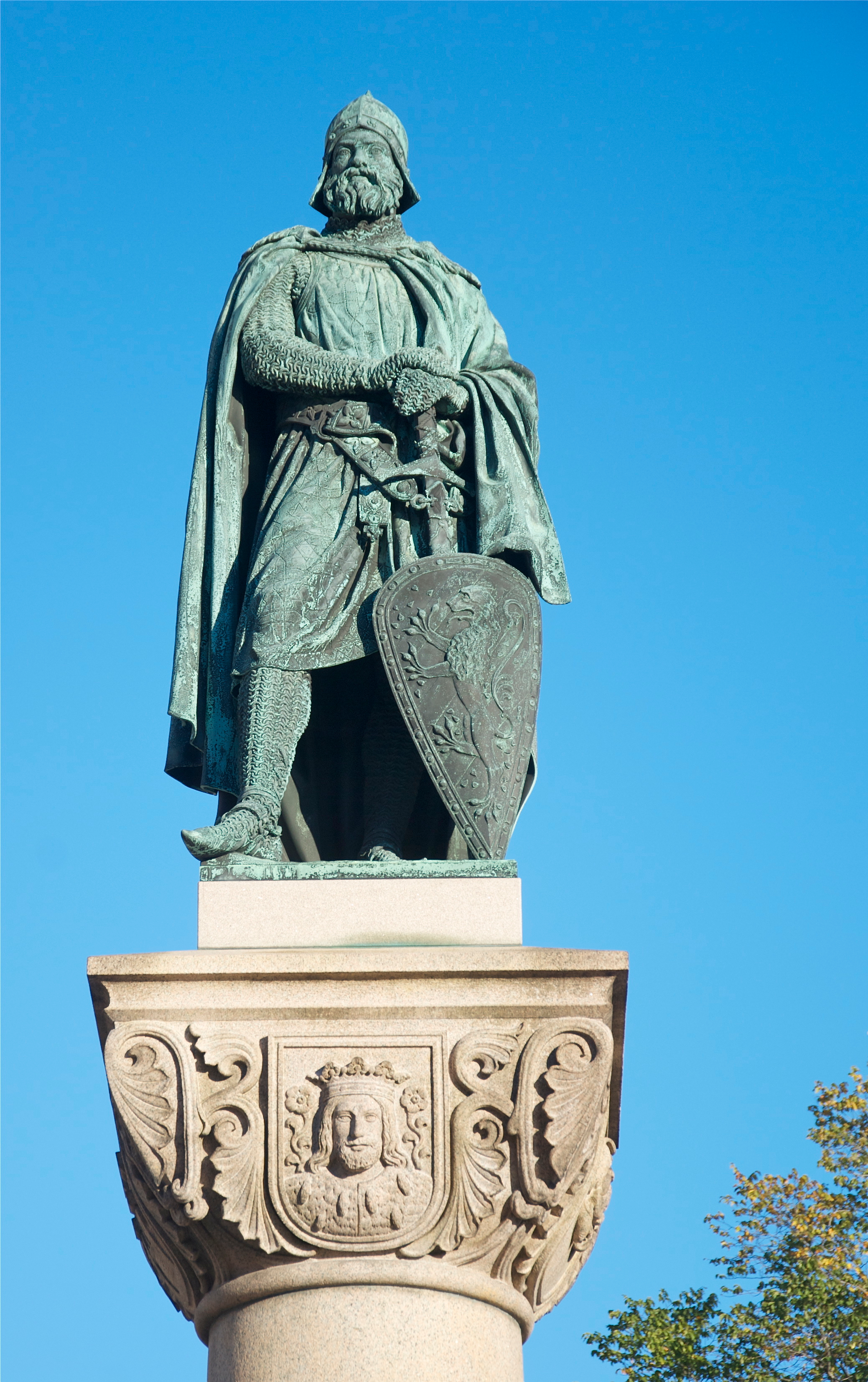|
Brita Klemetintytär
Brita Klemetintytär (1621–1700) was a Finnish woman postmaster A postmaster is the head of an individual post office, responsible for all postal activities in a specific post office. When a postmaster is responsible for an entire mail distribution organization (usually sponsored by a national government), .... As the daughter of the former postmaster of Torneå in Swedish Finland, she was appointed to succeed him by the local authorities upon his death. This was highly unusual for her time: though female postmasters were fairly common in Sweden (with Finland), they were normally widows of the former postmasters, not daughters, which makes her position unique. References 1621 births 1700 deaths 17th-century Finnish people 17th-century Finnish women Postmasters 17th-century civil servants {{postal-stub ... [...More Info...] [...Related Items...] OR: [Wikipedia] [Google] [Baidu] |
Postmaster
A postmaster is the head of an individual post office, responsible for all postal activities in a specific post office. When a postmaster is responsible for an entire mail distribution organization (usually sponsored by a national government), the title of Postmaster General is commonly used. Responsibilities of a postmaster typically include management of a centralized mail distribution facility, establishment of letter carrier routes, supervision of letter carriers and clerks, and enforcement of the organization's rules and procedures. The postmaster is the representative of the Postmaster General in that post office. In Canada, many early places are named after the first postmaster. History In the days of horse-drawn carriages, a postmaster was an individual from whom horses and/or riders (known as postilions or "post-boys") could be hired. The postmaster would reside in a "post house". The first Postmaster General of the United States was the notable founding father ... [...More Info...] [...Related Items...] OR: [Wikipedia] [Google] [Baidu] |
Övertorneå
Övertorneå (; ) is a urban areas of Sweden, locality and the seat of Övertorneå Municipality in Norrbotten County, Sweden with 1,917 inhabitants in 2010. It is located at the shore of the Torne (Finnish and Swedish river), Torne River, opposite to their Finnish twin town Ylitornio. Övertorneå means "Upper Torneå", based on a division of the Tornio, Torneå parish in two parts in the 16th century. Until the border between Sweden and Finland was drawn at the Torne River in 1809, the two villages on both sides of the river were one. From 1809 till 1917, this represented the Swedish border to Russia. Gallery Image:Matarengi Church exterior.jpg, Matarengi Church Image:Övertorneå järnvägsstation.jpg, Övertorneå railway station Image:Röda kvarn Övertorneå.jpg, Röda Kvarn Image:PanoTorne.jpg, A view from Aavasaksa, across the border river. Sports Övertorneå is home of National Hockey League, NHL forward Linus Omark. Another well known ice-hockey player from the ... [...More Info...] [...Related Items...] OR: [Wikipedia] [Google] [Baidu] |
Finland Under Swedish Rule
Finland was an integral part of Sweden from the Middle Ages until 1809. The starting point of Swedish rule is uncertain and controversial. It is traditionally linked to the First Swedish Crusade in the mid-12th century. Historical evidence of the establishment of Swedish rule in Finland exists from the middle of the 13th century onwards. Swedish rule ended in 1721 in most of so-called Old Finland, the south-eastern part of the Finnish territories, as a result of the Great Northern War. Sweden ceded the remainder of Old Finland in 1743, following the Russo-Swedish War (1741–43), Hats' War. Swedish rule over the rest of Finland ended on 17 September 1809, when the signing of the Treaty of Fredrikshamn, Treaty of Hamina ended the Finnish War. As a result, the eastern third of Sweden was ceded to the Russian Empire and became established as the autonomous Grand Duchy of Finland. Swedish rule in the area of modern-day Finland started as a result of the Northern Crusades. The Fin ... [...More Info...] [...Related Items...] OR: [Wikipedia] [Google] [Baidu] |
1621 Births
Events January–March * January 12 – Şehzade Mehmed (son of Ahmed I), Şehzade Mehmed, the 15-year old half-brother of Ottoman Sultan Osman II, is put to death by hanging on Osman's orders. Before dying, Mehmed prays aloud that Osman's reign as Sultan be ruined. * January 18 – The Dutch East India Company formally names its fortress at Jayakarta in Indonesia, calling it Jakarta, Batavia. Upon the independence of the Dutch East Indies as Indonesia in 1945, Batavia will be renamed Jakarta. * January 22 – The Tianqi (era), Tianqi era begins in Ming Dynasty China, six months after Zhu Changluo becomes the Taichang Emperor. * January 24 – Twelve days after the murder of Prince Mehmed on orders of Sultan Osman II, Constantinople is hit by bitter winter weather, leading to rioting by persons who believe that the punishment of Osman is the will of Allah. * January 28 – Pope Paul V (Camillo Borghese) dies at the age of 70 after 15 years as Pont ... [...More Info...] [...Related Items...] OR: [Wikipedia] [Google] [Baidu] |
1700 Deaths
As of March 1 ( O.S. February 19), where the Julian calendar acknowledged a leap day and the Gregorian calendar did not, the Julian calendar fell one day further behind, bringing the difference to 11 days until February 28 ( O.S. February 17), 1800. In Sweden, the year started in the Julian calendar and remained so until February 28. Then, by skipping the leap day, the Swedish calendar was introduced, letting Wednesday, February 28, be followed by Thursday, March 1, giving the entire year the same pattern as a common year starting on Monday, similar to the calendars of 2001, 2007, and 2018. This calendar, being ten days behind the Gregorian and one day ahead of the Julian, lasts until 1712. Events January–March * January 1 – Protestant nations in Western Europe, except England, start using the Gregorian calendar. Catholic nations have been using the Gregorian calendar since its introduction in 1582 by Pope Gregory XIII. * January 1 (Julian) (January 11, Gregorian) ... [...More Info...] [...Related Items...] OR: [Wikipedia] [Google] [Baidu] |
17th-century Finnish People
The 17th century lasted from January 1, 1601 (represented by the Roman numerals MDCI), to December 31, 1700 (MDCC). It falls into the early modern period of Europe and in that continent (whose impact on the world was increasing) was characterized by the Baroque cultural movement, the latter part of the Spanish Golden Age, the Dutch Golden Age, the French ''Grand Siècle'' dominated by Louis XIV, the Scientific Revolution, the world's first public company and megacorporation known as the Dutch East India Company, and according to some historians, the General Crisis. From the mid-17th century, European politics were increasingly dominated by the Kingdom of France of Louis XIV, where royal power was solidified domestically in the civil war of the Fronde. The semi-feudal territorial French nobility was weakened and subjugated to the power of an absolute monarchy through the reinvention of the Palace of Versailles from a hunting lodge to a gilded prison, in which a greatly expanded r ... [...More Info...] [...Related Items...] OR: [Wikipedia] [Google] [Baidu] |
Postmasters
A postmaster is the head of an individual post office, responsible for all postal activities in a specific post office. When a postmaster is responsible for an entire mail distribution organization (usually sponsored by a national government), the title of Postmaster General is commonly used. Responsibilities of a postmaster typically include management of a centralized mail distribution facility, establishment of letter carrier routes, supervision of letter carriers and clerks, and enforcement of the organization's rules and procedures. The postmaster is the representative of the Postmaster General in that post office. In Canada, many early places are named after the first postmaster. History In the days of horse-drawn carriages, a postmaster was an individual from whom horses and/or riders (known as postilions or "post-boys") could be hired. The postmaster would reside in a "post house". The first Postmaster General of the United States was the notable founding father Be ... [...More Info...] [...Related Items...] OR: [Wikipedia] [Google] [Baidu] |




